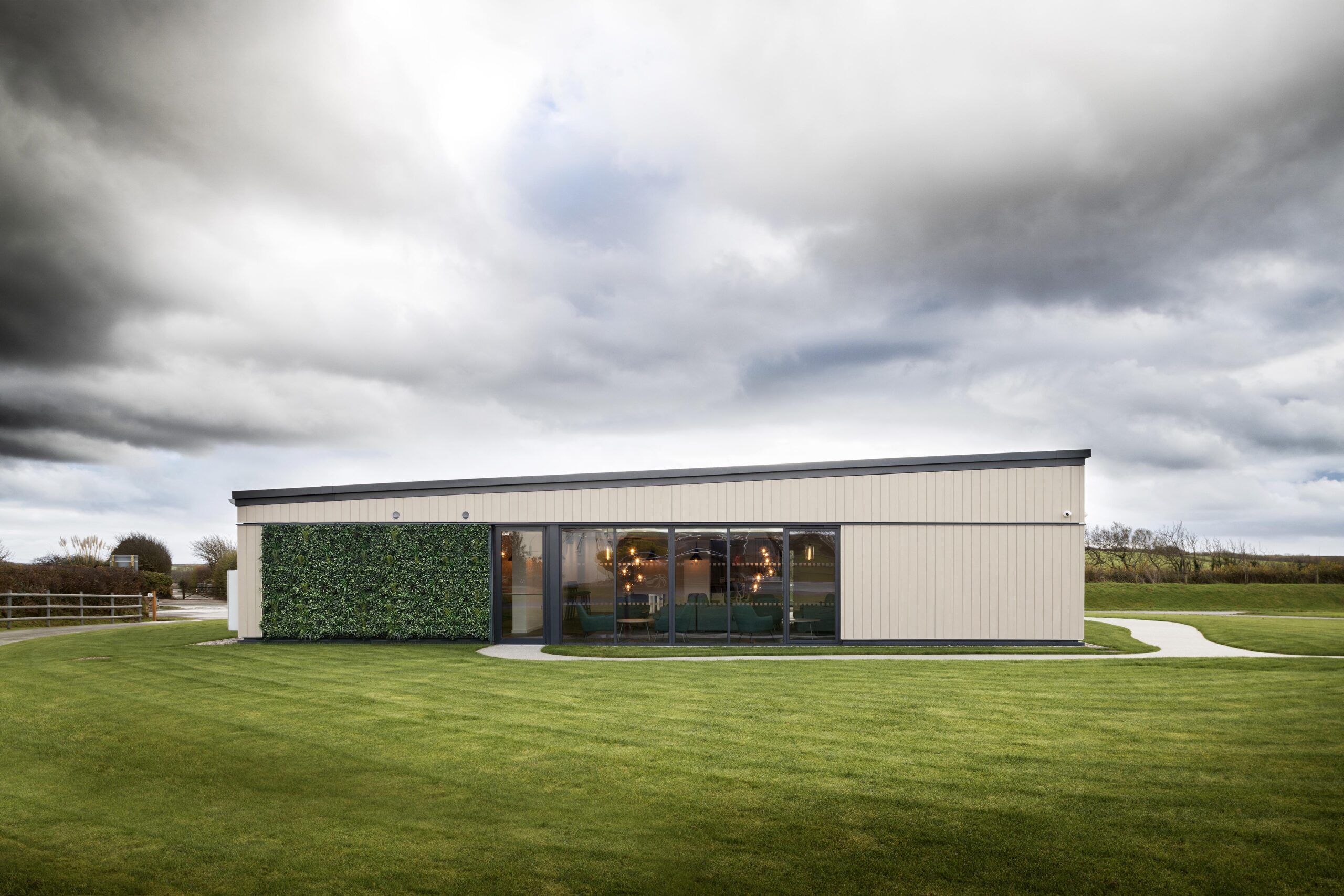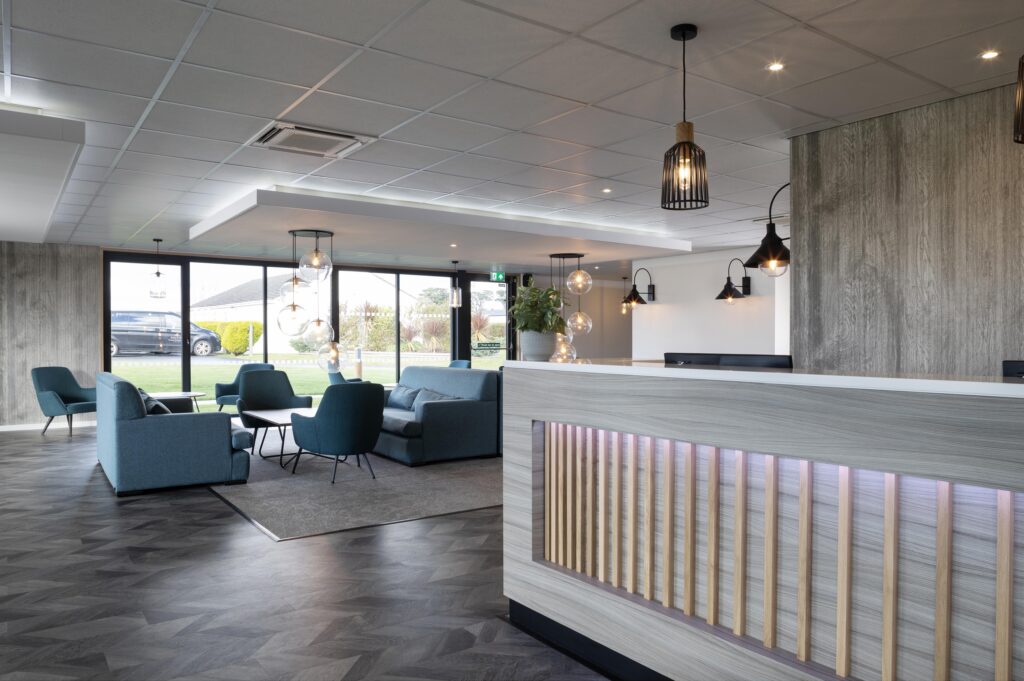
The holiday park industry has boomed post-pandemic but with overseas holidays once again literally taking off, the pressure to fill parks will be felt in 2023 and beyond.
Building your brand and experience to stand out from your competitors is critical. The first impression on arrival for holiday makers can make or break their stay. Modular buildings are ideal solutions to create that perfect reception, sales centre - or in fact any type of building you need to enhance your park.
Modular buildings can be designed to work with your existing park, with a vast range of shapes, sizes and finishes. As you are in control of the design, you can create a building that an be used for virtually any purpose, from a reception centre, to a gym or a shop. The choices and uses are limitless.
Often modular buildings are seen as temporary solutions. But standards of manufacture have vastly improved over the years. They are held to the same regulations as traditional brick-built buildings so can last upwards of 25 years. But one of the main benefits to holiday parks is most of the construction is built offsite, meaning little disruption to business when they are installed.

There is still a misconception that modular buildings are boring. This couldn’t be further from the truth. Working with the right modular manufacturer means you have access to architectural designers that create buildings that work for both form and function.
Partnerships are the key to success. If you have your own ideas, modular designers can create a range of concepts for you to choose from. Alternatively, they can also interpret plans from architects if you already have had plans approved.
The joy of modular construction is you can design with your environment in mind. If you have a holiday park that is contemporary and minimalist, then modular buildings can be designed with clean lines and urban finishes. Alternatively, if your park is in a conservation area, or there are restrictions on colour palette, then you can also choose from more natural finishes, like FSC certified wood cladding, which can be painted in an array of colours.
Look out for manufacturers that have accreditations and have won awards for their design, such as Red Dot and iF Design.

Modular buildings can be used for multiple purposes. You don’t need to be restricted by size or shape either. As buildings are generally made bespoke for each park, you can use them for any reason, including:


Manufacturing takes place offsite, and as much as 90% is built in tightly controlled environments by experts in this type of build. You are usually appointed a central coordinator who will facilitate the entire project. From the choice of materials, to options, to any changes you need to make, you will be involved at each step of the way.
Modular buildings are also extremely strong, and can withstand extreme weather conditions, particularly in exposed areas. Each module is engineered to cope with transportation and craning into position. The modules are joined and sealed on site and then any internal finishes are completed, such as flooring. If your building will be in a high traffic situation, then manufacturers will work with you to choose heavy duty flooring that can withstand year-round footfall.
Manufacturers work to the same rigours as their traditional counterparts, with quality assurance and quality control measures in place. Ask about fire stopping tests, U-values and accreditations as part of your own shortlisting.
When it gets to delivery and installation, this is very quick. Depending on the complexity and access to your park, it can take as little as a few days! Compare that to traditional construction, this is a great solution to mitigate downtime and disruption.
Modules are delivered, like holiday homes and lodges, on lorries. Depending on your access will dictate they are manufactured in factories. Good manufacturers will be able to work within any imitations on access or site conditions that you have. There is significant reduction in site disruption, traffic on and off site, issues with security and of course health and safety risks are mitigated and considered.

As they are built offsite, this ensures that carbon emissions are kept to a minimum. Unlike a traditional build, there is so much less traffic in and out of your park, so little disruption to holiday makers – and less pollution.
Modular materials can be extremely sustainable, including FSC certified timber. The construction type means a fraction of energy is also used, to compared to traditional builds.
The build-the also means low energy costs once you are up and running and different heating types can be used, such as heat pumps and solar energy.
Another consideration is that if you ever needed to, the building can be relocated or disassembled.
Check with the manufacturer if they can also work within the constraints that may be imposed on your park, such as planning permissions, green-belt land, sedum roofs, heating sources and so on.

What other benefits are there to modular?
• Shorter production times: Since all phases are consolidated under one company, tasks are easier to coordinate, and streamlined communication processes prevent unnecessary misunderstandings.

There are a lot of modular manufacturers to choose from. Create a shortlist and consider: